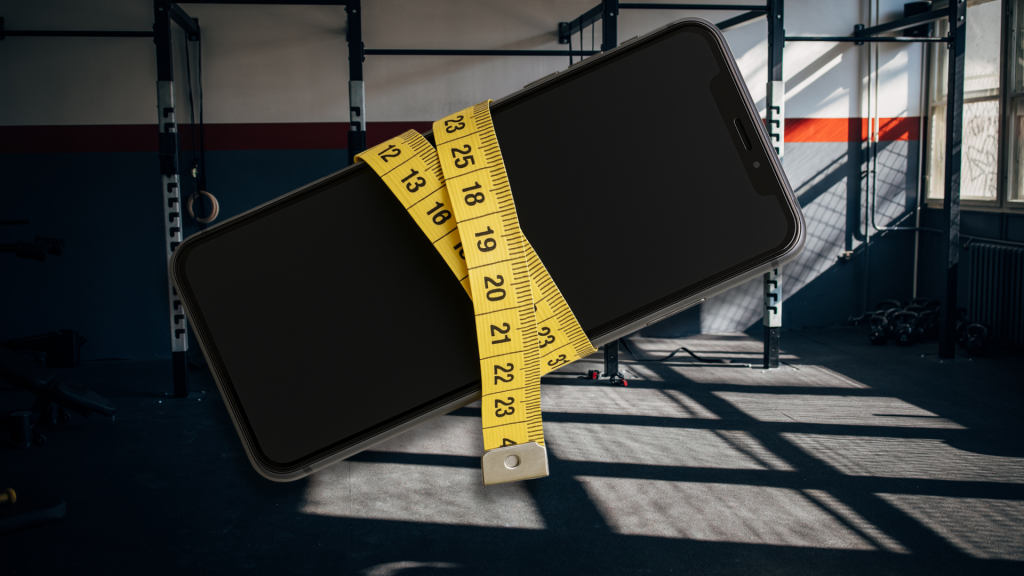At some point, the tech world collectively decided that thinner is better.
And in 2025, that mindset is thriving. From ultra-premium foldables to budget-friendly midrangers and even upcoming iPhones, we’re witnessing a full-blown comeback of the skinny phone.
Why are phones getting thinner again?
We’ve been here before. Back in the early 2000s, phones like the Motorola Razr were status symbols precisely because they were slim, sleek, and futuristic. But as smartphones evolved to do more (streaming, gaming, photography) they got chunkier. Bigger batteries, more cameras, better cooling systems. Thin was out. Function was in.
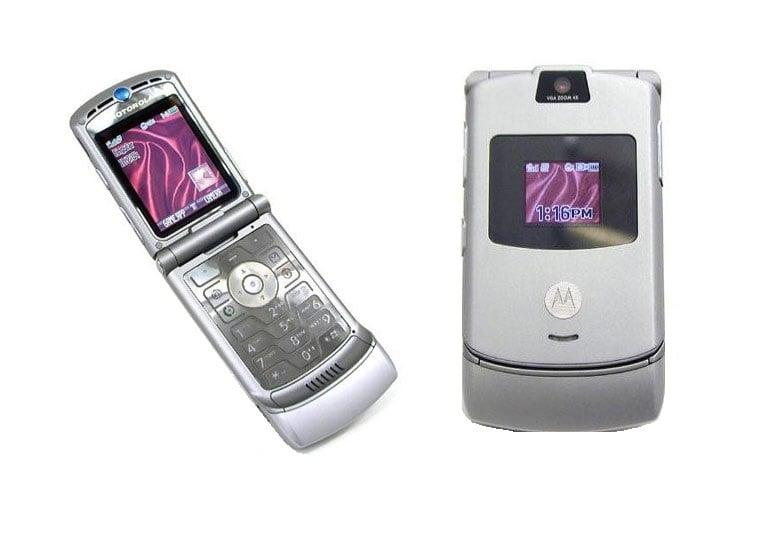
That is, until now.
In 2025, the trend has reversed. But this time, it’s not just about aesthetics. Thin phones are now a flex. A proof that a brand can achieve cutting-edge design without (supposedly) sacrificing performance. It’s a design statement. A power move. And, for better or worse, a return to prioritizing how a device feels just as much as how it works.
Samsung’s foldables get a slim makeover
Just recently, Samsung unveiled its thinnest foldables yet—the Galaxy Z Fold7 and Z Flip7.
The Fold7 now folds down to just 8.9mm and feels noticeably lighter in hand. Despite its slim profile, it still packs top-tier specs: a massive 8-inch AMOLED display, a Snapdragon 8 Elite chip, and a 200MP camera setup. It’s impressive. But with a battery capacity that hasn’t increased from the previous generation, questions around all-day performance remain.
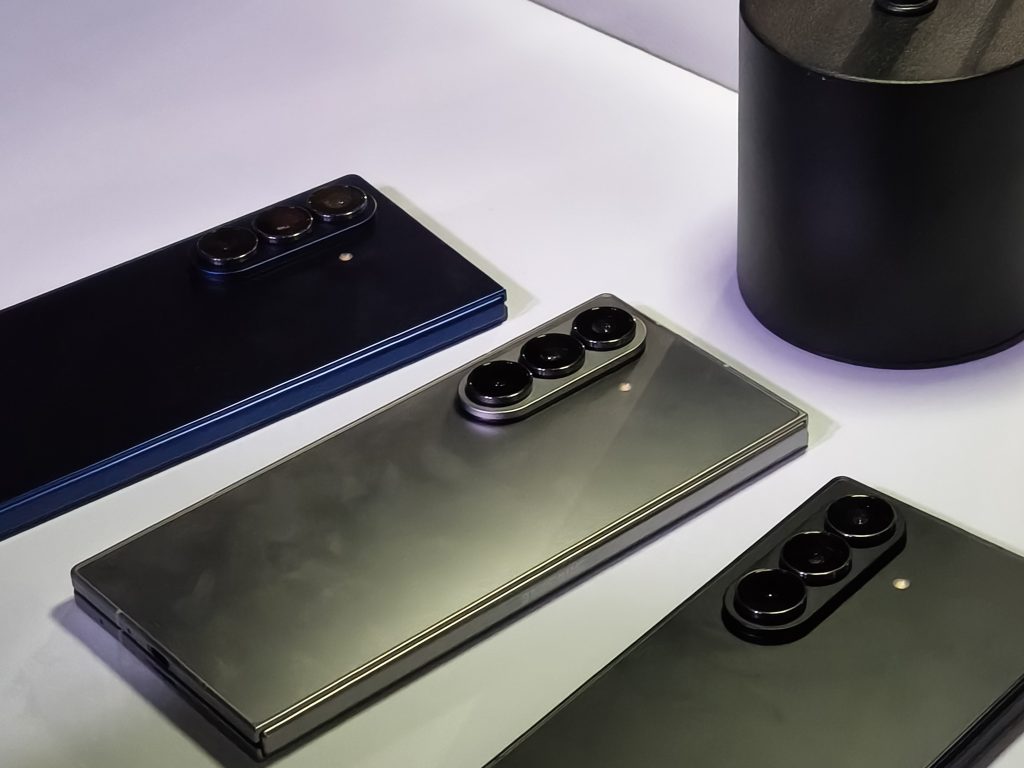
The Flip7 also got a subtle but meaningful design refinement. The cover screen is larger, the hinge is sturdier, and the whole thing just feels more pocketable. Samsung’s message is clear: “We’ve mastered the foldable form, and now we’re making it sleeker without giving up what makes it powerful.”
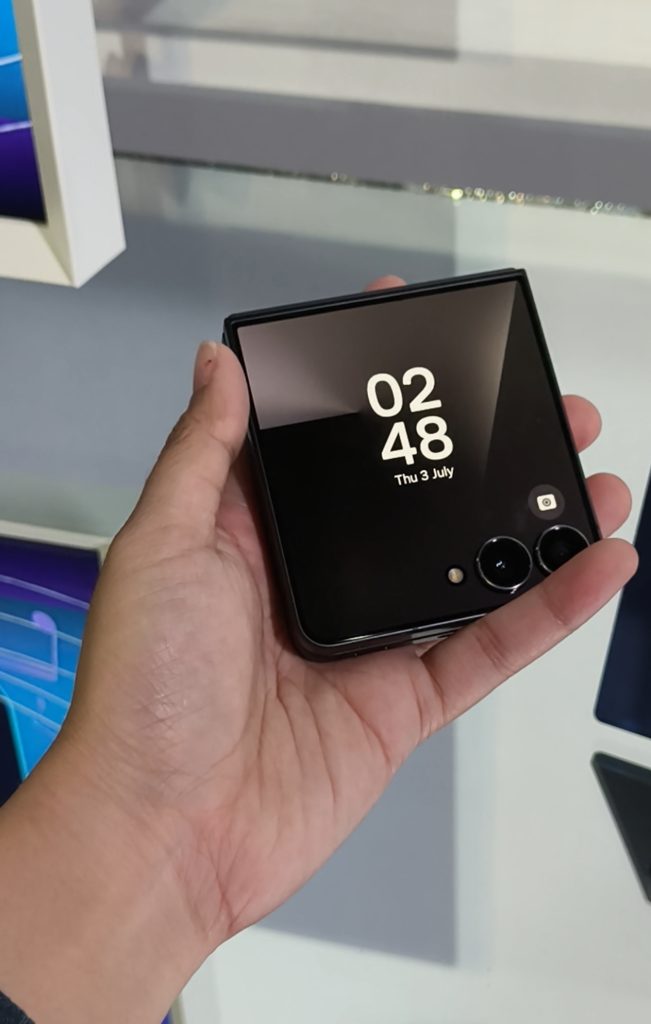
Infinix: Thin and affordable
Then there’s Infinix, a brand that’s not typically associated with high-end design but that might be changing. The new Hot 60 series is shockingly thin for the price point. The Hot 60 5G+ clocks in at just 7.8mm, while the Hot 60 Pro+ takes things further at a jaw-dropping 5.8mm.
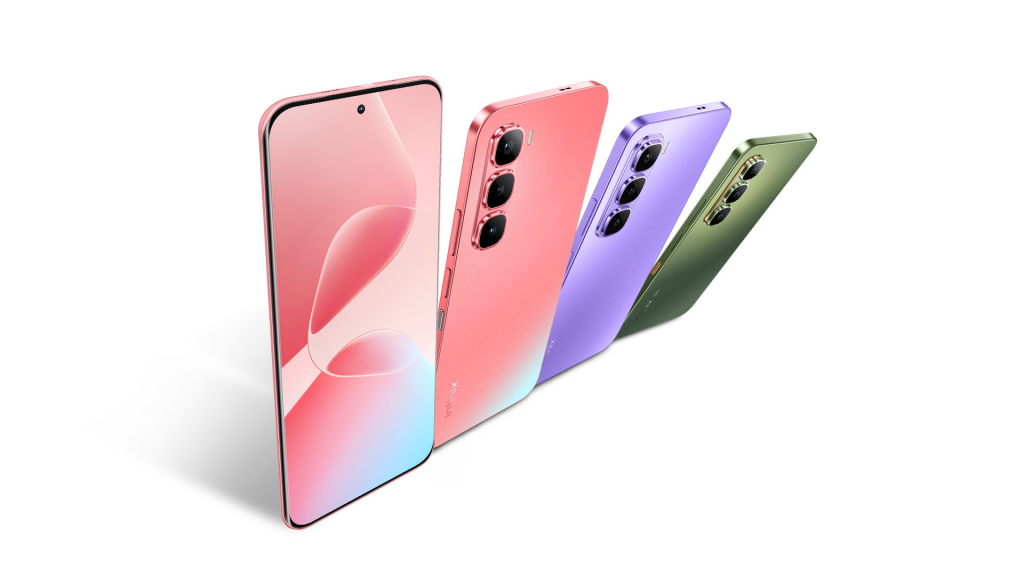
What makes this more impressive is what they’ve managed to fit inside. The Hot 60 Pro+ features a curved AMOLED display with a 144Hz refresh rate, a Sony camera sensor, and an 11-layer cooling system to prevent thermal throttling.
And this is a midrange device, not a flagship. It’s a loud, clear signal that you don’t need ₱70,000 to own a phone that looks and feels premium.
The rumored iPhone Air joins the race
And then there’s Apple. Of course Apple wouldn’t sit this one out.
Leaks and rumors suggest that the upcoming iPhone 17 Air (possibly launching this September) could be Apple’s thinnest iPhone yet.
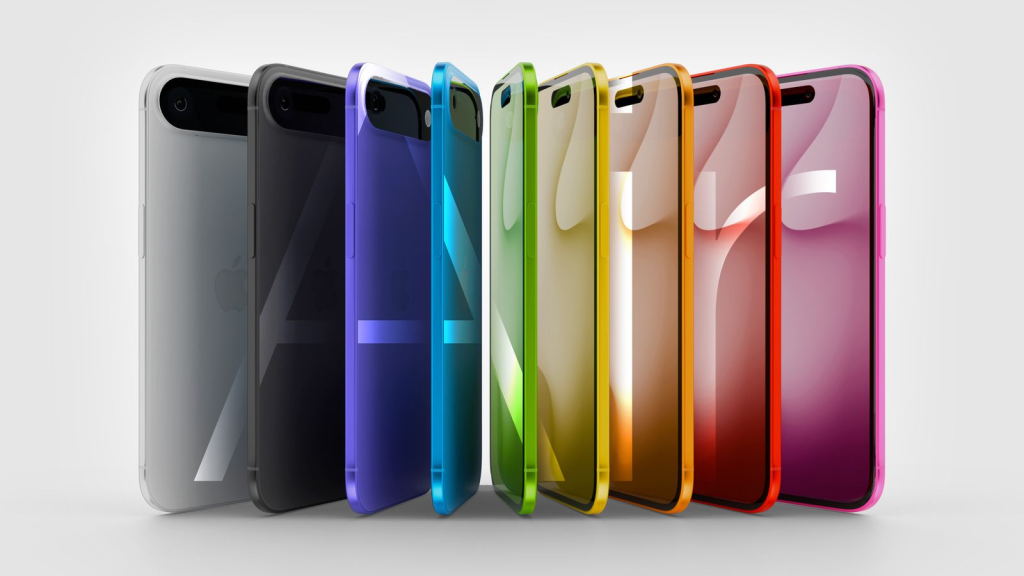
Whispers point to a 5.5mm chassis, a single rear camera, and a new design direction that borrows the minimalist vibe of the MacBook Air. The supposed trade-off? A significantly smaller battery, which has already sparked debates online.
Fans are divided. Some love the idea of a super slim, lightweight iPhone that feels like a return to Apple’s design roots. Others worry that the thinner build could mean shorter battery life, weaker thermal management, and less robust cameras.
But love it or hate it, the hype is building and Apple knows exactly how to ride that wave.
Thin is sexy but is it smart?
All this begs the question: what are we actually gaining from a thinner phone?
In most cases, not much. At least not in terms of function.
A thinner body usually means compromises in battery size, speaker quality, thermal performance, or durability. Foldables still struggle with battery life. Ultra-slim midrangers risk overheating without proper cooling. And iPhones, if the rumors are true, could soon be sacrificing endurance for aesthetics.
Yet there’s no denying the appeal. A thin phone feels elegant. It looks expensive. It’s a conversation starter. And for a lot of users, that’s enough.
Style vs. Substance: My take
The race for the thinnest phone is, in many ways, less about solving a real problem and more about proving a point. It’s a way for brands to flex their design chops and for users to feel like they’re holding a piece of the future.
Do we need thinner phones? Probably not. But do we want them? Clearly, yes.
Personally, I’m not in a rush to swap my current devices just to shave off a few millimeters. I’ve been pretty satisfied with both my Samsung S24 Ultra and iPhone 16 Pro, neither of which are ultra-skinny, but both deliver solid performance, great battery life, and a premium feel. Sometimes, balance is better than chasing extremes.
That said, one thing I’ve noticed is how the thin obsession is starting to create this weird side effect: camera bumps are getting ridiculous.
When phones are too slim to house proper sensors, the only way left is out. We’re now seeing devices where the camera module sticks out like a sore thumb. Great for optics, maybe, but kind of awkward on the desk and in the hand. It’s like we’re trading one kind of bulk for another.
Still, I get the appeal. A thin phone is undeniably sleek. But as with most things in tech, it’s about choosing what works best for you. And for me, a little bit of extra heft is totally fine if it means fewer compromises.
Just… maybe still carry a power bank. You never know.


